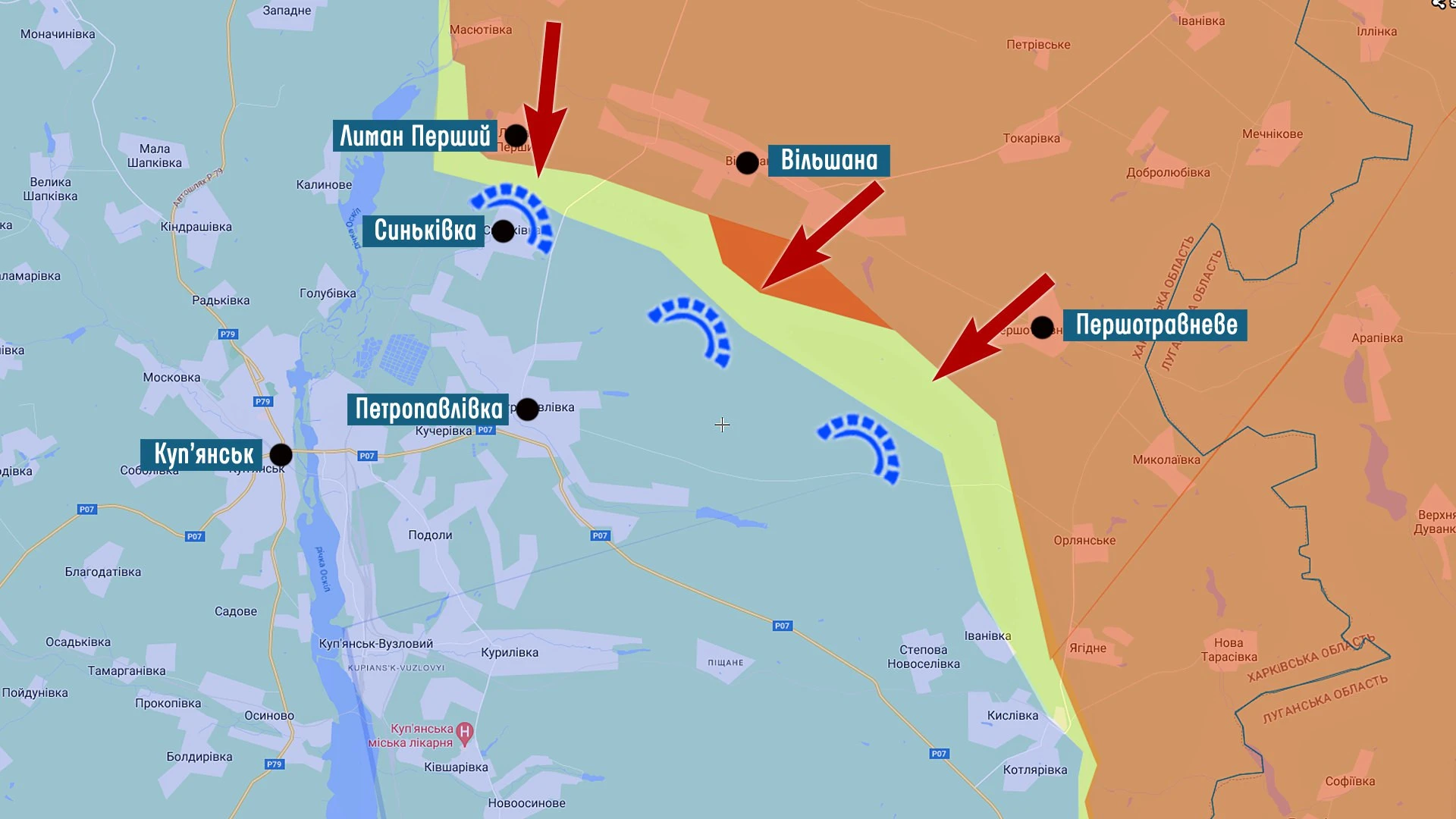
Ukraine will not win this war quickly – military expert Serhiy Zgurets
Russia is getting ready for a war of attrition. So, Ukraine needs to come up with its own plan in reaction to what Russia is doing. And Ukrainians need to understand that winning will not be fast or simple
Unique Ukrainian SeaBaby naval drones
Yesterday, information has surfaced about Ukraine's successful attack on the Crimean Bridge in July, during which a Russian amphibious assault ship and a tanker were disabled. These achievements were realized through the use of the innovative SeaBaby marine drones. The Security Service of Ukraine (SBU) provided exclusive footage to CNN, revealing the operational deployment of these experimental naval drones. Vasyl Malyuk, the head of SBU, highlighted that SeaBaby is a unique drone developed by SBU's own technical team. Ukraine's intelligence agency collaborates with engineers and programmers for its production. Importantly, these exceptional drones are slated to be continuously employed in combat against Russia. Malyuk stated that a variety of missions and plans are underway, which will bring painful and unexpected surprises for the adversary through the utilization of SeaBaby drones.
Russian troops employ defensive-offensive strategy
Roman Kostenko, an SBU Colonel and People's Deputy, outlined the challenging situation in the Zaporizhzhia region, emphasizing the high intensity of ongoing hostilities. He underscored that the entire front line is actively engaged, with events in one area influencing those in others. Russian occupying forces are employing a strategic defensive strategy with offensive components. In contrast, Ukraine is simultaneously executing its announced offensive operation with defensive tactics. Kostenko stressed that the Defense Forces persist in launching attacks on strategically significant zones, despite the considerable challenges. This is because they confront an adversary that holds superiority in terms of artillery and aviation, not to mention the mined areas. Russian forces are staunchly defending their positions in the Melitopol and Berdyansk sectors. Kostenko explained that a successful push by the Defense Forces would create ample opportunities for Ukraine to free the remaining occupied territories and target Russian military installations in Crimea. He further pointed out that once the Armed Forces recapture Melitopol, Berdyansk, and reach the Sea of Azov shores, all supply routes of the occupiers via Crimea would be cut off. This is why the Zaporizhzhia direction holds immense significance for the Russians, a fact they fully comprehend. Consequently, the increased activity of the Russians in the East, especially in the Kupyansk direction, can be attributed to the proactive actions of the Ukrainian Armed Forces in the South.
Russian offensive in the Kupyansk direction
Roman Kostenko believes that the Putin government will invest resources to strengthen the Russian military in Ukraine, as they seek victories to appeal to voters before elections. Kostenko suggests that one such victory for Putin could involve reaching the administrative borders of Donetsk and Luhansk regions. However, the main military objective of the Russian offensive in the East is to draw our reserves away from Zaporizhzhia and compel the Defense Forces to move reserves towards Kupyansk. Kostenko highlights the significance of Kupyansk for the Russians due to its logistical importance, being a major railway station prior to the Armed Forces' counteroffensive. Nevertheless, capturing Kupyansk would require substantial resources and specific tactical decisions, hindered by the unsuitable terrain and landscape for an offensive.

Russia did not expect such equipment losses in this war
Kostenko also notes that the Defense Forces are successfully destroying a significant amount of Russian equipment. He suggests that the Russians did not anticipate such heavy losses of equipment in battles. He adds that, day by day, the Armed Forces are neutralizing far more Russian equipment than the Russians do. This compels the Russian military leadership to deploy reserves for battles across all fronts. However, it is too early to classify these as strategic reserves for Russia. Although the Russians possess a substantial number of military armored vehicles, the key concern is the speed of recovery for damaged and destroyed units. The Russians often draw from various qualities of equipment stored in their bases. Kostenko asserts that the Russians have a surplus of diverse armored vehicles, as they have been preparing for potential conflict with NATO and accumulating the necessary resources.
Winning the war against Russia will not happen quickly or easily
Roman Kostenko emphasizes that Ukraine's struggle against Russia won't come to an end through a single counteroffensive by the Armed Forces. Moreover, he notes that a counteroffensive doesn't always guarantee success, or at least not the kind of success initially planned. The ongoing hostilities might involve battles over even a single village, resulting in losses for the Defense Forces. This necessitates the military-political leadership's decisions on whether to employ reserves for offensive operations. It's crucial to recognize, as Kostenko stresses, that Russia is gearing up for a prolonged battle of attrition. In response, Ukraine needs to formulate its own strategy. Kostenko adds that the Armed Forces' counteroffensive operation isn't an isolated overarching plan for winning the war; it's just one piece of the puzzle. It's essential for Ukraine to comprehend the gradual progression of this war. Kostenko emphasizes that if Ukraine fails to drive the Russians out this year, it will need to change its tactics: prepare reserves, change approaches to the use of resources and combat operations. Ukrainians must come to terms with the reality that a swift triumph isn't on the horizon. Russia holds superior economic and military-industrial advantages, including a larger human resource pool. Therefore, delaying the liberation of Ukrainian territories while safeguarding soldiers' lives might be a more prudent approach.
Clearing territories of explosives
Tymur Pystriuha, CEO of Association of Sappers of Ukraine, breaks down three types of demining: humanitarian, combat, and operational. Each of these demining forms demands significant material and technical backing, especially combat demining. To effectively demine areas, our military requires robotic equipment capable of creating paths through fortified obstacles. This equipment enables engineering and sapper units to execute various tasks. Consequently, well-equipped demining units are essential for effective operations. He also highlights the significance of training and educating sappers. Ukraine had numerous skilled demining experts before the large-scale invasion, but the Russian incursion has amplified the need for professional sappers. This underscores the pressing need for Ukraine to focus on sapper education and training.
- News











































